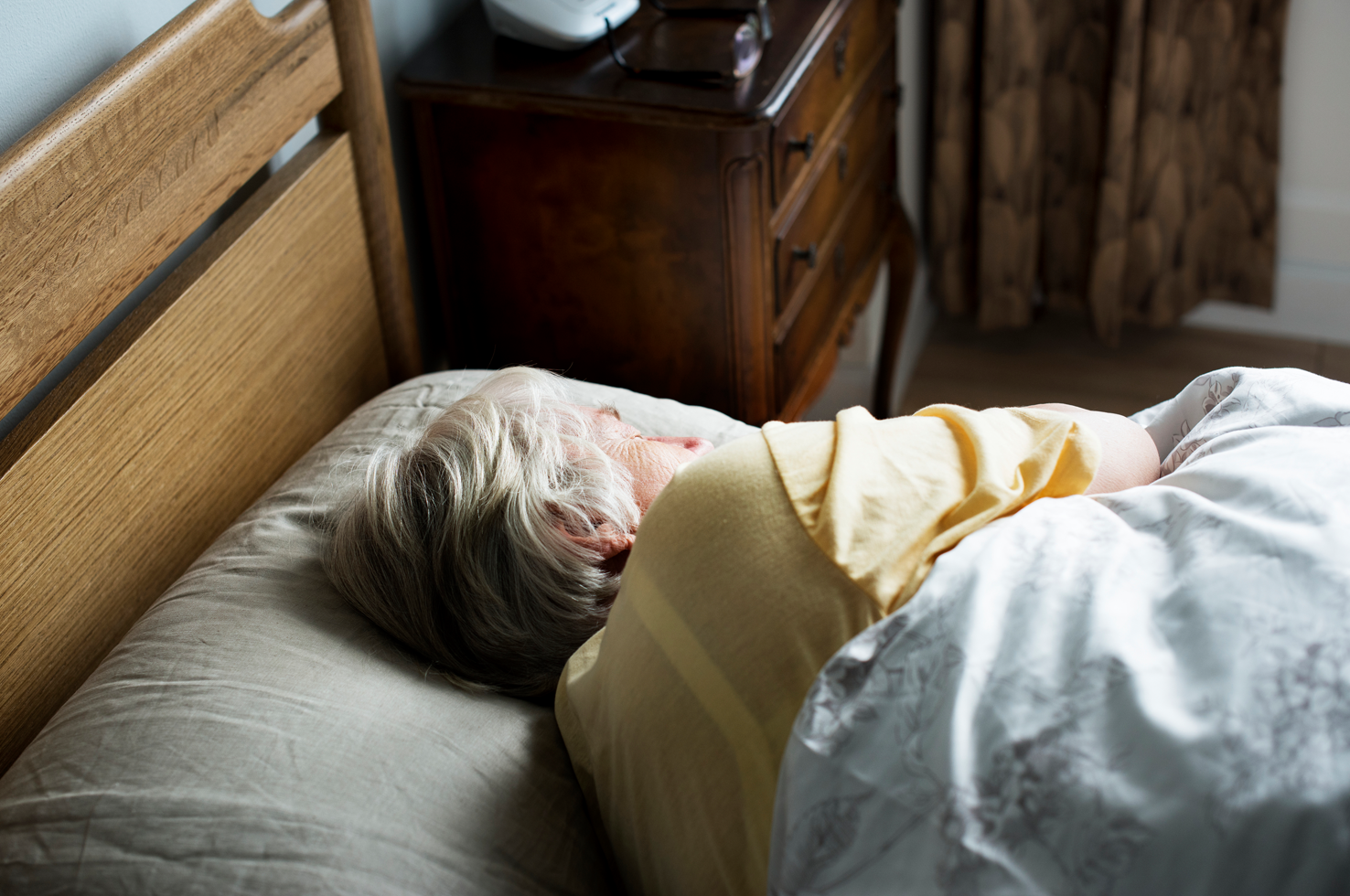Now in Journal of Clinical Sleep Medicine: New Research on Insomnia in Older Adults

Many older adults experience sleep difficulties associated with insomnia. Difficulties with staying asleep are thought to arise partially from reduced sleep depth. Sleep depth can be operationalized as low frequency slow-wave (.5-4 Hz) electroencephalographic (EEG) activity during sleep. However, studies to date have not shown a consistent pattern of EEG differences between individuals with and without insomnia. One explanation for this discrepancy is that prior studies have combined two distinct components of slow-wave activity that have different neural generators and different functions: the slow-oscillation (.5-1 Hz) and delta activity (1-4 Hz). Researchers including recent University of Pittsburgh School of Medicine graduate Sarah Hogan, MD; Martica Hall, PhD; Vishwajit Nimgaonkar, MD, PhD; Anne Germain, PhD; Daniel Buysse, MD; and senior author Kristine Wilckens, PhD, studied slow oscillation and delta waves separately to better understand the electroencephalographic phenomenology that underlies insomnia.
Dr. Wilckens explained, “Understanding the specific components of slow-wave activity that are impaired with insomnia can help to inform the pathophysiology of insomnia, its functional consequences, and identify optimal targets for pharmacological and non-pharmacological interventions.”
The investigators recruited study participants age 60 and older into two groups, either those with a diagnosis of insomnia or a control group of good sleepers. Individuals with severe psychiatric conditions, unstable medical conditions, or neurological disorders, as well as those who were involved in nighttime shift work, among other criteria, were not eligible to participate in the study. Participants in both groups underwent overnight polysomnography, and participants with insomnia were additionally assessed after an eight-week cognitive behavioral treatment for insomnia program. During participants’ nonrapid eye movement sleep, the team assessed electroencephalographic differences in low frequency bands, slow-oscillation (.5-1 Hz) and delta (1-4 Hz) frequency, as well as higher frequency bands, 4-32 Hz. High frequency EEG activity is minimal during sleep and when elevated during sleep may reflect hyperarousal.
In the Journal of Clinical Sleep Medicine, the team reported that slow-oscillation power, but not delta power, was lower in the insomnia group, compared with the good sleepers. This deficit in slow-oscillation power, however, was not fully reversed after insomnia treatment. The researchers additionally found evidence of hyperarousal in older adults with insomnia: power across 4-32 Hz was elevated in insomnia participants compared with good sleepers. Following treatment, small but significant decreases in 12-32 Hz activity were found consistently across non-rapid eye movement sleep.
”We concluded that insomnia is associated with a specific reduction in the slow-oscillation as well as elevated high frequency EEG activity,” said Dr. Wilckens. “Cognitive behavioral treatment for insomnia did not significantly reverse this slow-oscillation deficit. Thus, future work using techniques that target the slow-oscillation may improve treatment precision.”
Slow-oscillation activity is reduced and high frequency activity is elevated in older adults with insomnia
Hogan SE, Delgado GM, Hall MH, Nimgoankar VL, Germain A, Buysse DJ, Wilckens KA.
Journal of Clinical Sleep Medicine, 2020;16(9):1445–1454. https://doi.org/10.5664/jcsm.8568
